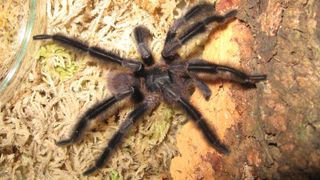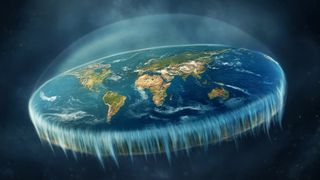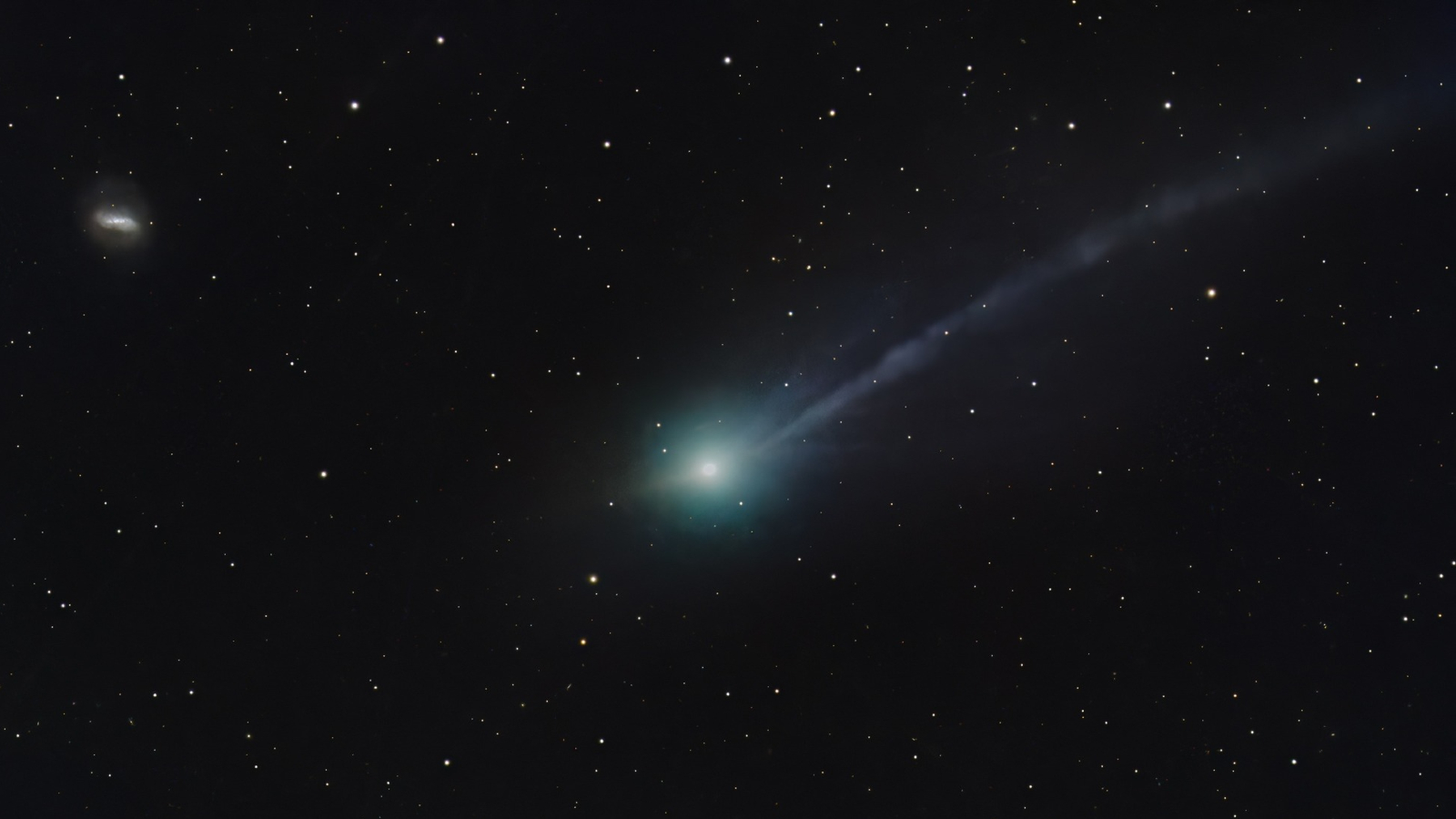
Lydia Smith
Lydia Smith is a health and science journalist who works for U.K. and U.S. publications. She is studying for an MSc in psychology at the University of Glasgow and has an MA in English literature from King's College London.
Latest articles by Lydia Smith
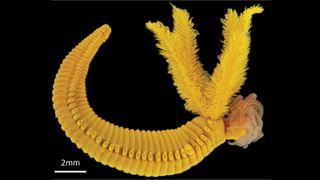
Paralvinella hessleri: The yellow worm that lives in acid and fights poison with poison
By Lydia Smith published
These deep-sea worms, which are 1% arsenic, are only found at the hottest hydrothermal vents in the western Pacific.
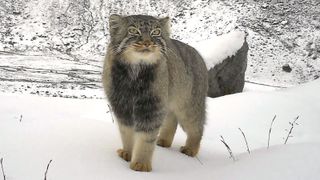
Grumpy-looking Pallas's cat photographed by camera trap in stunning photo from eastern Himalayas
By Lydia Smith published
The Pallas’s cat is just one of several wildcats spotted in Arunachal Pradesh, which also supports snow leopards, common leopards, clouded leopards, leopard cats and marbled cats.

Diabetic man produces his own insulin after gene-edited cell transplant
By Lydia Smith published
The new proof-of-concept study points a way to curing diabetes without the need for immune-suppressing drugs.
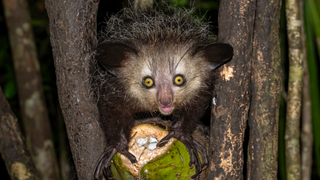
Aye-ayes: The strange nocturnal lemurs with long, creepy fingers
By Lydia Smith published
Aye-ayes are remarkable thanks to their extra-long, bony middle fingers, which they use to locate grubs and pick their noses.
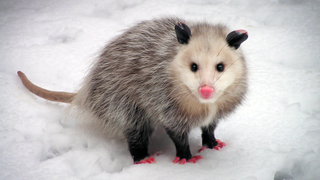
Virginia opossums: The American marsupials that have barely changed since the time of the dinosaurs
By Lydia Smith published
Virginia opossums are the only marsupial species in North America.
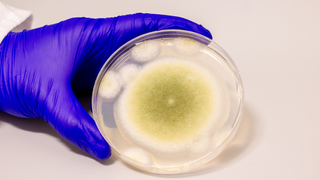
Fungus that may have caused 'King Tut's curse' shows promise in treating cancer
By Lydia Smith published
Scientists have found that a deadly tomb fungus called Aspergillus flavus may hold the key to promising new treatments for leukemia.
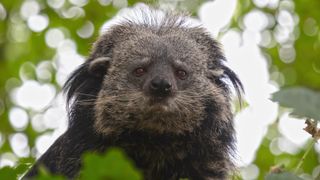
Binturong: The bearcat that smells like hot buttered popcorn
By Lydia Smith published
Binturongs' popcorn perfume plays a vital role in communication, helping them mark their territory and signal their presence to others in dense tropical rainforests.
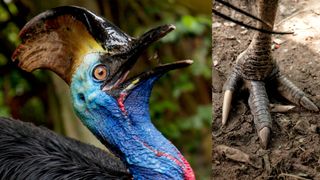
Southern cassowary: The giant prehistoric bird with dinosaur feet
By Lydia Smith published
These large, flightless birds have powerful, muscular legs and tough, prehistoric-looking feet with claws that can deliver a powerful blow.
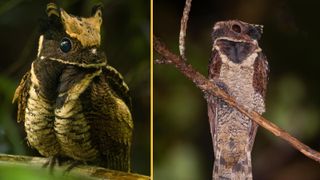
Great eared nightjar: The 'baby dragon' bird that lays its eggs on the floor
By Lydia Smith published
Great eared nightjars live on the forest floor, remaining motionless throughout the day, camouflaged among leaf litter and tree stumps.
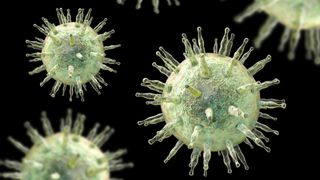
Scientists uncover possible missing link between 'mono' virus and multiple sclerosis
By Lydia Smith published
"Mono," caused by Epstein-Barr virus, raises the risk of multiple sclerosis, but it's unclear why. A study pinpoints a genetic variant that might help explain.
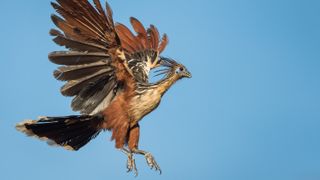
Hoatzin: The strange 'stinkbird' born with clawed wings that appears to be an evolutionary 'orphan'
By Lydia Smith published
This weird blue-faced, red-eyed bird smells so bad predators won't eat it.

9 surprising facts about David Attenborough as he turns 99
By Lydia Smith published
Happy birthday! British naturalist David Attenborough celebrates his 99th birthday on May 8, 2025. Here are some incredible facts about the iconic broadcaster.
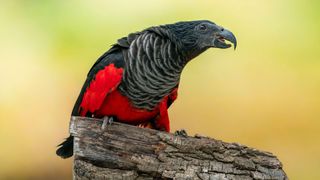
Dracula parrot: The goth bird whose piercing screams echo through New Guinea forests
By Lydia Smith published
Pesquet's parrot, also known as a Dracula parrot, resembles a vulture and has a distinct scream — but its favorite food is figs.
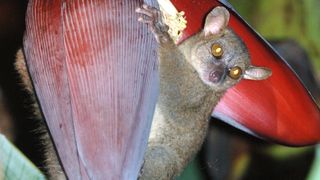
Northern giant mouse lemur: The bug-eyed fluff ball with the biggest testicles of all known primates
By Lydia Smith published
If humans had a similar body ratio to the northern giant mouse lemur, their testicles would be the size of grapefruits.
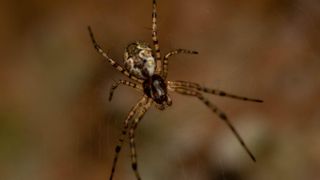
Asian hermit spider: The arachnid that gets stronger after ejecting its own penis
By Lydia Smith published
Female Asian hermit spiders gobble up their partners after mating, so males detach their penises and sometimes offer up an amputated leg to escape.
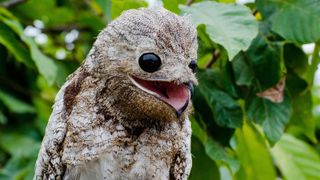
Great potoo: The 'tree stump' bird with a haunting growl and can see with its eyes closed
By Lydia Smith published
Throughout the night, great potoos emit a loud, moaning growl that has earned the bird a mythical status, with some communities believing the sounds to be children calling for lost parents.
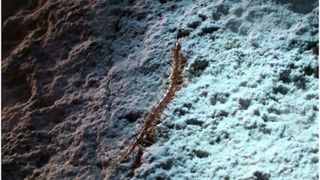
King of the cave centipede: The deadly, blind giant that evolved in the darkness of a Romanian cave
By Lydia Smith published
The venomous centipede crawled into the Movile Cave millions of years ago and adapted to live in the pitch black, surrounded by deadly gases.
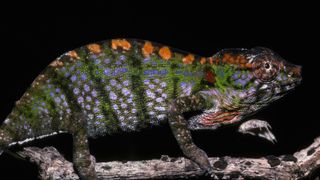
Labord's chameleon: The color-changing lizard that drops dead in 4 months
By Lydia Smith published
Labord's chameleons are only found in Western Madagascar and have developed a live fast die young life cycle to cope with the extreme environmental conditions.
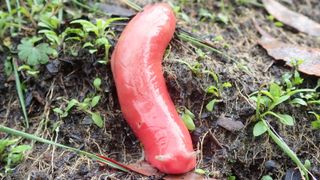
Mount Kaputar pink slug: The giant hot-pink mollusk found only on a single, extinct volcano
By Lydia Smith published
The 8-inch, bright pink slug has been isolated in a "sky island" for millions of years.
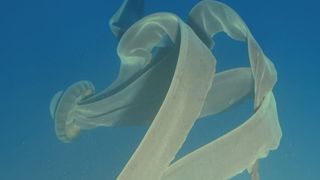
Giant phantom jelly: The 33-foot-long ocean giant that has babies out of its mouth
By Lydia Smith published
Giant phantom jellies were discovered in 1899 and since then have only been spotted around 120 times.
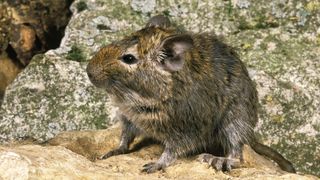
Common degu: Oversized hamsters with societies governed by pee
By Lydia Smith published
Common degus clean themselves and communicate with urine, and they can detach their own tails to escape predators.
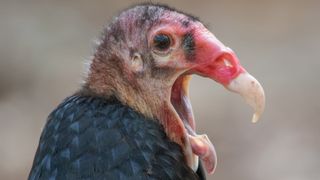
Turkey vulture: The bird that vomits acid up to 10 feet and poops antiseptic onto its legs
By Lydia Smith published
Turkey vultures feed on dead carcasses, helping to lower greenhouse gas emissions.

James Webb Space Telescope quiz: How well do you know the world's most powerful telescope?
By Ian Stokes published
Quiz The James Webb Space Telescope can look deeper (and earlier) into the cosmos than any telescope before it. How much do you know about this wonder of technology and its incredible findings?
Get the world’s most fascinating discoveries delivered straight to your inbox.
